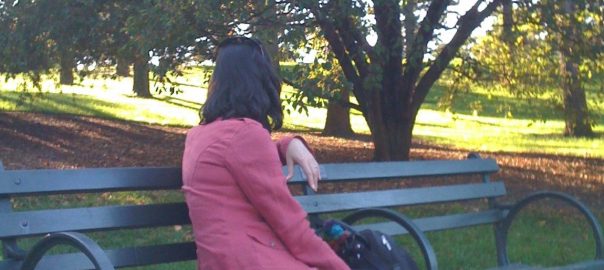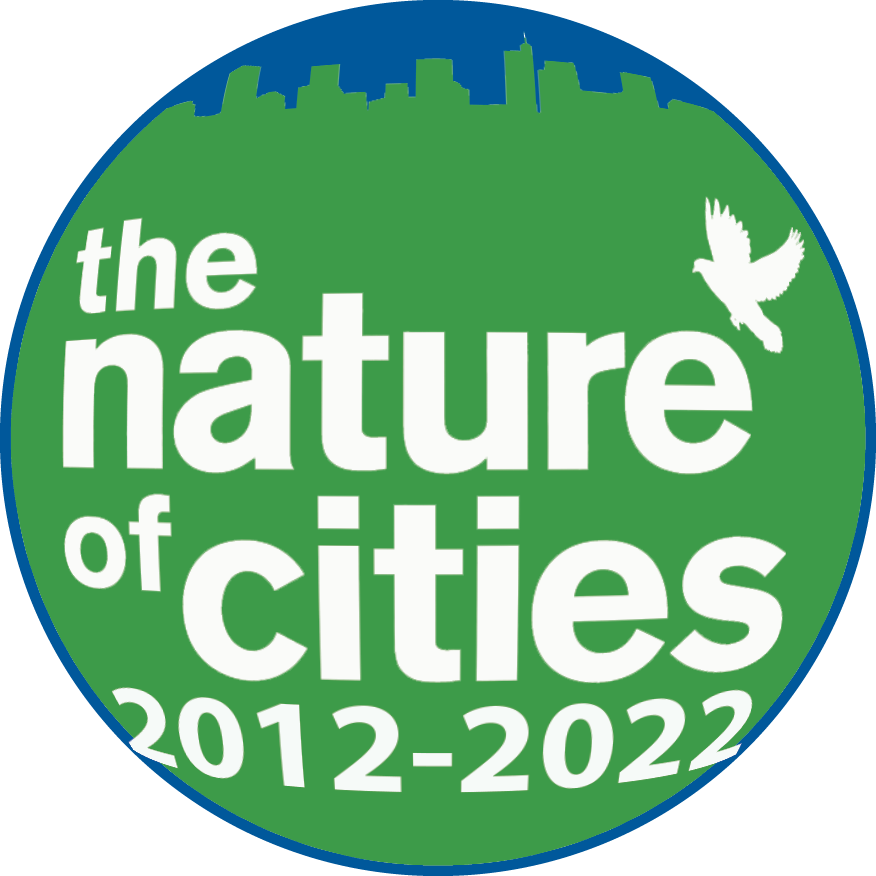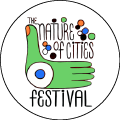6 August 2017
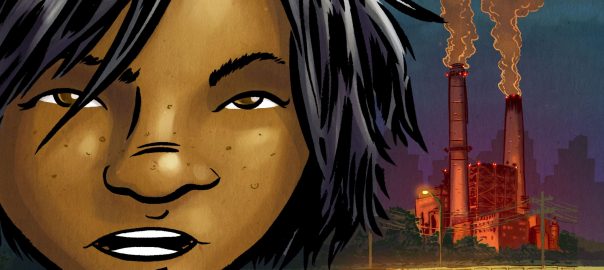
In 2013, the New York Power Authority razed the Charles Poletti Power Plant in Astoria, NY. In doing so, Power Authority removed what local elected official Michael Gianaris had characterized as a “symbol[] of pollution that haunted [the] neighborhood”. The characterization was an apt one. The Poletti Plant had for...
0 Comment(s)Join our Conversation
2 August 2017
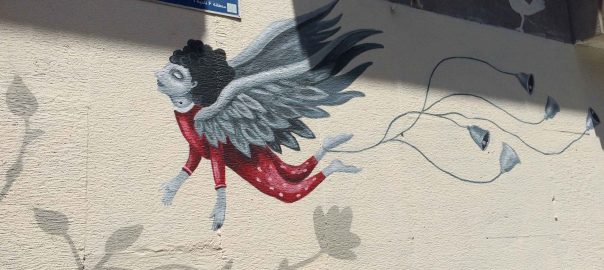
We walked approximately 1,500 kilometers in Iran, and something was noticeably missing: Graffiti. Scribbled names or tags, spray painted symbols, and thought-provoking political commentary were absent in cities, towns and villages from Sarakhs on the Turkmenistan border to Astara on the Azerbaijan border to the sprawling capital of Tehran to...
0 Comment(s)Join our Conversation
30 July 2017
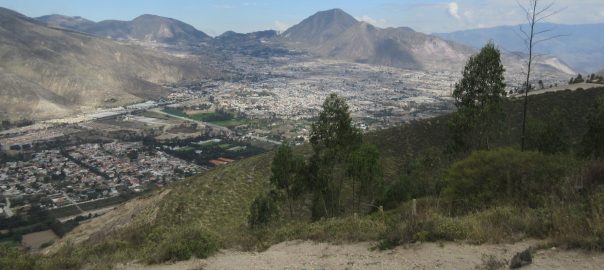
Cities have been recognized as key drivers toward the successful governance of resources and as the front line in combating climate change. But there is a huge urban-rural inequality in carbon emissions in the making, particularly in rapidly urbanizing developing countries. Thus, the political and economic divide between the Global North and...
2 Comment(s)Join our Conversation
26 July 2017
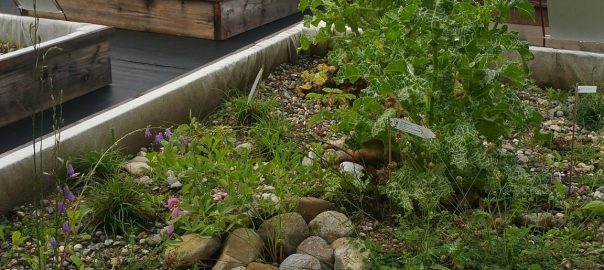
Some weeks ago my colleagues (from the University of Applied Sciences in Geneva and the City of Lausanne, Nature and City Department) and I organized a half-day event: an exchange of experiences on the Swiss green roof standards practice with the Swiss Society of Engineers and Architects (SIA) in Lausanne....
2 Comment(s)Join our Conversation
24 July 2017
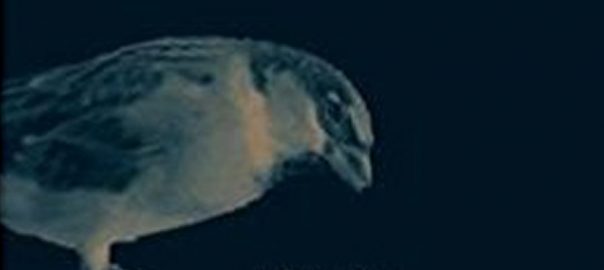
A review of: Sparrow by Kim Todd. 2012. 192 pages. ISBN 978-1-86189-875-3. Reaktion Books, London. Buy the book. Sparrows are everywhere! They are varied in types and forms, offering a unique repertoire of opportunities to get to know and assess them, from their scientific study to the most diverse artistic interpretations. In...
2 Comment(s)Join our Conversation
23 July 2017
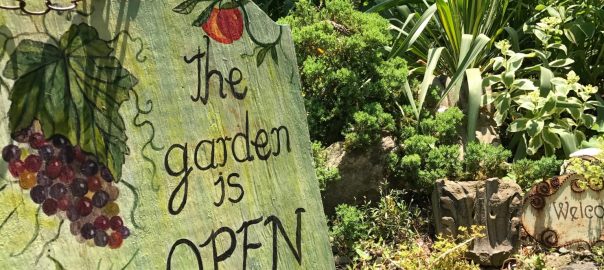
One adage I want to share after finishing the US Forest Service Inaugural International Urban Forestry Seminar is: look more closely, think more deeply. This was something that one of the presenters said to us on our first day in Chicago and it stuck with me throughout our journey. Over the...
2 Comment(s)Join our Conversation
19 July 2017

The city landscape, because of the holistic nature of city-forming factors and urban community, is like a book in which the various characteristics of the city and its citizens are visible: values and norms, economic conditions, tastes and aesthetic criteria, commitment to the living environment, and so on. Throughout history, the...
0 Comment(s)Join our Conversation
16 July 2017

In many cities, urban nature is managed in a multicultural landscape. The ethnic and cultural diversity seen in many western cities today, mostly driven by recent immigration, is unprecedented. For example, Toronto boasts a foreign-born population of about 50%. In Australia, 25% of the population is foreign-born. In many European...
0 Comment(s)Join our Conversation
10 July 2017
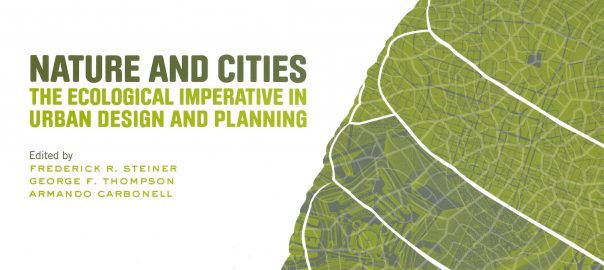
A review of: Nature and Cities: The Ecological Imperative in Urban Design and Planning by Frederick R. Steiner, George F. Thompson, Armando Carbonell (eds.). 2016. ISBN 9781558443471. Lincoln Institute of Land Policy. Cambridge, Massachusetts. 465 pages. Buy the book. As I opened this handsomely large book, I was pleased to see...
3 Comment(s)Join our Conversation
9 July 2017
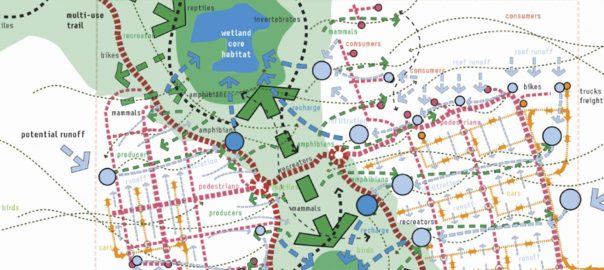
Designers and scientists are different. We think, communicate, and interact with the world in vastly different ways. For instance, designers often develop evocative renderings of our creations, varying in style, but of a similar nature to the image below: a collage perspective showing a scene explaining a design concept. For...
2 Comment(s)Join our Conversation
5 July 2017
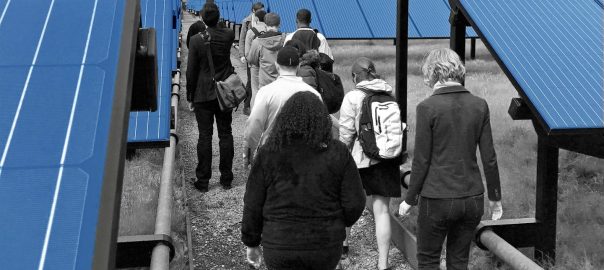
Post-industrial cities in the United States and elsewhere are implementing brownfields to brightfields programs that help develop local economies, generate clean energy and manage pollution. Brownfields are former industrial sites or landfills with contaminated soil. These sites pose both environmental and social challenges, as contamination must be remediated prior to...
0 Comment(s)Join our Conversation
2 July 2017
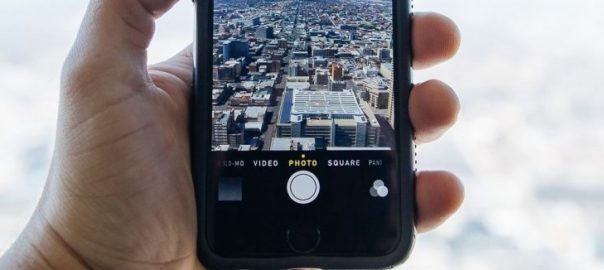
Recently, Colding and Barthel (2017) critiqued how the Smart City-model is taken more or less as a given good for creating sustainable cities. This view is deeply rooted in seductive visions of the future, where the digital revolution stands as the primary force for change (for a critical perspective, see...
0 Comment(s)Join our Conversation
30 June 2017
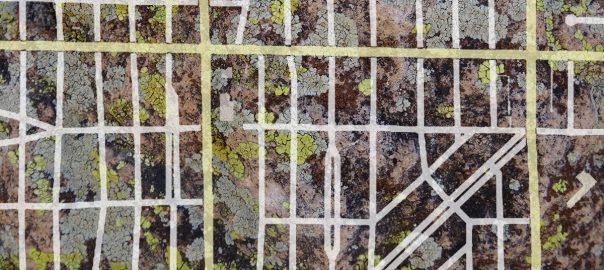
16 Comment(s)
Join our Conversation
28 June 2017

In the Lille citadel example that we saw in the previous part, we could observe a building technology achieving greater complexity over time, as each iteration survived or failed a new series of tests. Another aspect of the complexity of a geometric process seen in the Lille citadel example is...
0 Comment(s)Join our Conversation
26 June 2017
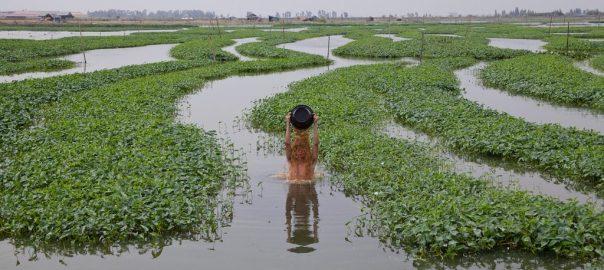
A review of “Liquid City,” The Darkened Mirror,” and “Fragile Waters,” a trio of water-related exhibitions at the San Jose Museum of Art, currently on view together through August 6, 2017. As the representative contemporary art institution of Silicon Valley, the San Jose Museum of Art might be expected to...
0 Comment(s)Join our Conversation
25 June 2017
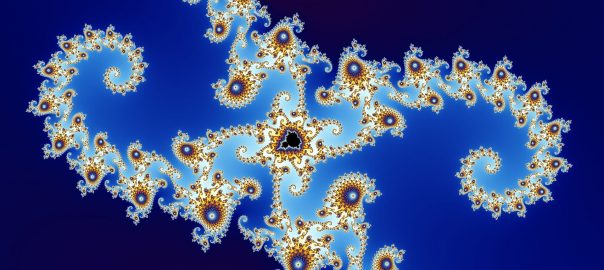
In a previous article I proposed that we adopt a perspective on preservation that allowed for transformation and change of what is to be preserved. This type of change has a more precise definition: iteration. To iterate means to “cover the same ground twice”, using feedback from the result of...
2 Comment(s)Join our Conversation
21 June 2017
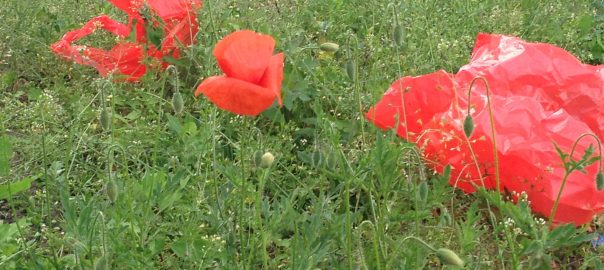
“Do you seek the highest, the greatest? The plant can teach you to do so. What it is without will of its own, that you should be with intent – that’s the point!” —Friedrich Schiller Some days ago, after giving a lecture in a west German city, I arrived back...
4 Comment(s)Join our Conversation
18 June 2017

Cities abound with difference: people, buildings, trees, plants, animals, etc. People in cities (and beyond, of course) inhabit various and fragmented identities that include gender, class, race, ethnicity, sexuality, age, and ability/disability. These identities are produced in relation with other people, living- and non-living entities, and the landscape. These social...
0 Comment(s)Join our Conversation
14 June 2017
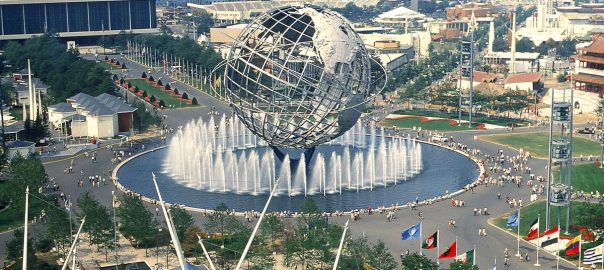
What inspires our work? Why have we each chosen to pursue a vision of cities that incorporates and expands our views of nature? Was it a particular mentor, a class or school experience, time spent in wilderness, or a book or film that led us to think boldly about a...
0 Comment(s)Join our Conversation
12 June 2017
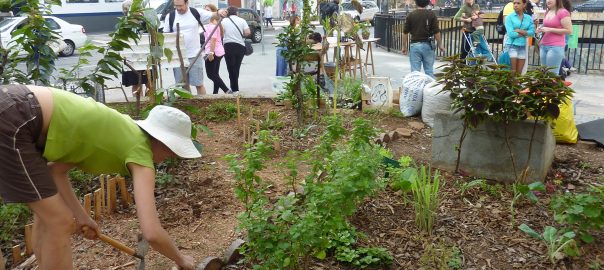
A review of: Eyes on the Street: The Life of Jane Jacobs, by Robert Kaniglel. 2016. Knopf. 512 pages. Buy the book. Garden Legacy, by Mary Louise Mossy Christovich and Roulhac Bunkley Toledano, with a foreword by S. Frederick Starr. 2016. The Historic New Orleans Collection. 268 pages. Buy the book. Ecocities...
0 Comment(s)Join our Conversation

